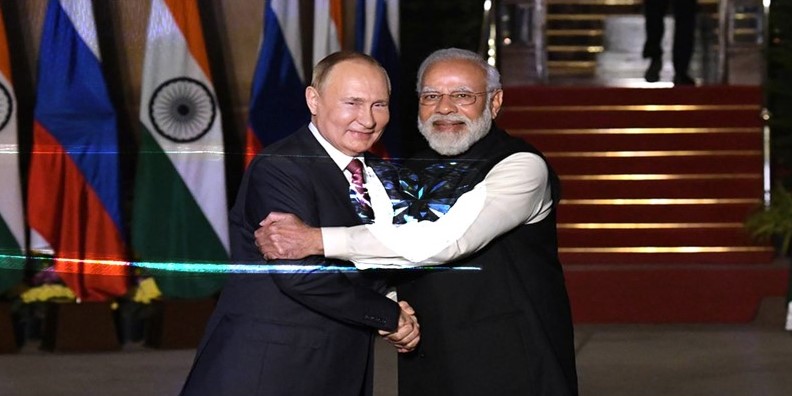In response to Russia’s actions, Western countries, led by the United States, implemented a series of sanctions. Although oil and gas were not initially included in these sanctions, they were soon added to the regime. Despite these measures, India significantly increased its engagement with Russia, importing over eleven times its usual volume of Russian crude oil. Interestingly, Indian refiners then sold this oil to Western countries, thereby securing substantial profits. Through these transactions, India has played a crucial role in supporting Russia’s economy. This support has been instrumental in ensuring that Russia remains resilient against pressures that might otherwise weaken its position in the global geopolitical landscape.
Following President Joe Biden’s stern caution to India regarding the cessation of Russian crude imports, there has been significant activity that indicates India’s response. Despite the warnings, India continues to engage in transactions involving Russian crude oil. Bloomberg has documented that three tankers filled with Russian Sokol-grade oil have reached Indian ports, undeterred by the sanctions imposed by Western countries. Specifically, the supertanker Nireta has been anchored near Visakhapatnam, located on India’s eastern coast. Additionally, two other vessels, named Vostochny Prospect and Erecter, have transported crude to Jamnagar on the western side, both listing Sikka Port as their intended destination. Furthermore, there is another tanker, Clyde Noble, currently en route to Sikka, also carrying Sokol crude. This sequence of events illustrates India’s continued involvement in importing Russian crude oil, notwithstanding the pressures and warnings from the United States.
Bloomberg further reports that India momentarily ceased purchasing Russian crude following guidance from New Delhi to companies, recommending against transactions in Chinese yuan amidst tense relations with Beijing. However, the trade swiftly resumed once an agreement on a rupee-rouble exchange mechanism was established. This adjustment facilitated the continuation of crude oil imports from Russia to India, illustrating the adaptability and strategic economic negotiations between the two countries.
Following the imposition of sanctions on oil, India is poised to revitalize the Russian diamond industry. The EU and G7’s direct ban on Russian diamonds took effect in January, with phased-in restrictions on indirect imports through third countries beginning on March 1. In response, Indian Foreign Minister S Jaishankar emphasized India’s commitment to delaying, softening, or entirely preventing this ban, highlighting it as a priority issue. His comments were made during a visit to Surat, India’s diamond processing hub, known for cutting and polishing approximately 90% of the world’s rough diamonds. This stance comes amid concerns about the ban’s impact on local diamond cutters in Surat, also referred to as ‘Diamond City.’Jaishankar noted the ban, aimed at Russia—the world’s largest producer of rough diamonds by volume—was in reaction to Moscow’s military actions in Ukraine. However, he underlined efforts by Prime Minister Narendra Modi to discuss the repercussions of the ban with other affected states, including Belgium. Recent dialogues include discussions with Belgian Prime Minister Alexander De Croo and planned follow-ups by Union Commerce Minister Piyush Goyal.In December, Reuters reported that Indian authorities had requested the G7 to postpone the ban, citing ambiguous rules on gem origin tracing. India has also expressed concerns over the G7’s “traceability-based verification and certification” system, which might necessitate data sharing about Indian businesses. Meanwhile, Russia has adjusted by redirecting its diamond trade to China, India, the UAE, Armenia, and Belarus, witnessing a significant increase in imports of rough and cut stones in 2023, viewing the ban as an indication of the West reaching its sanctions capacity.








